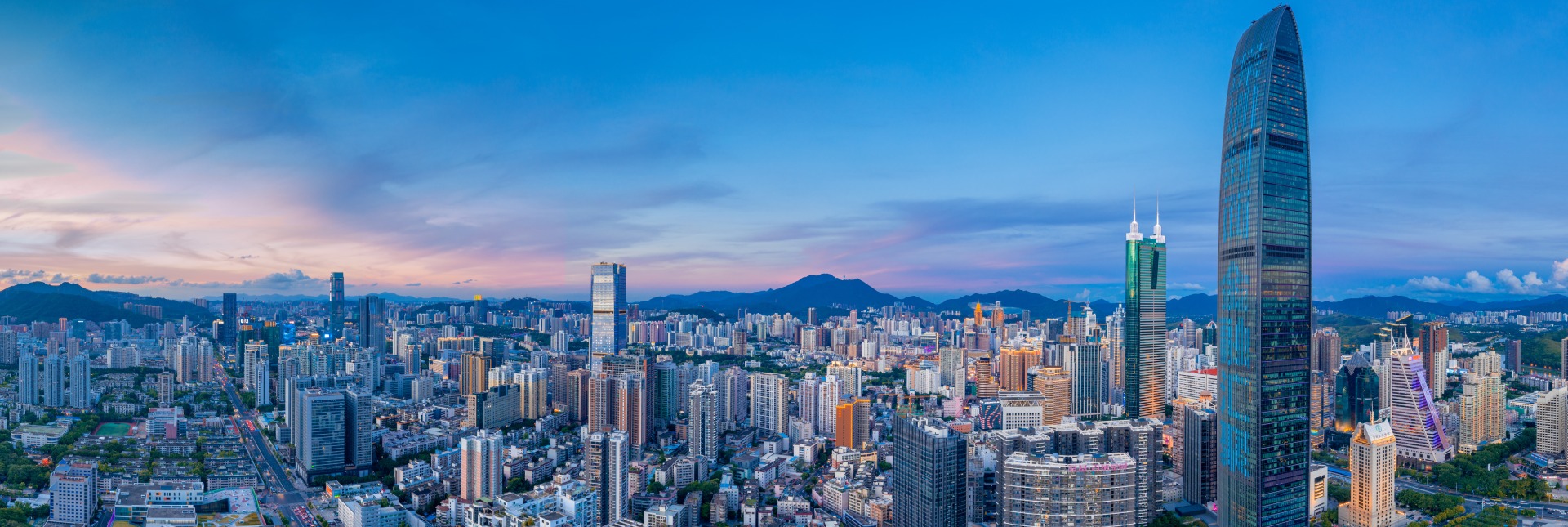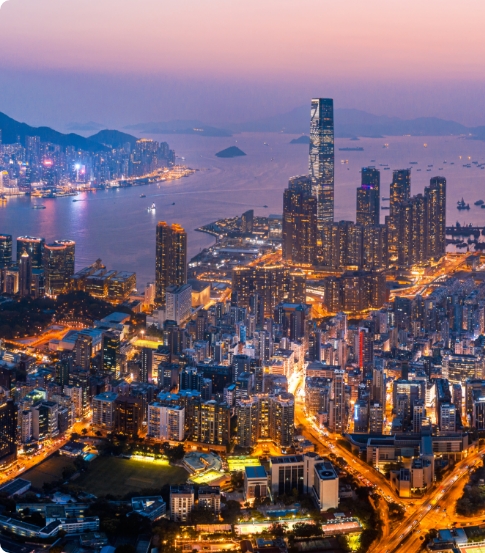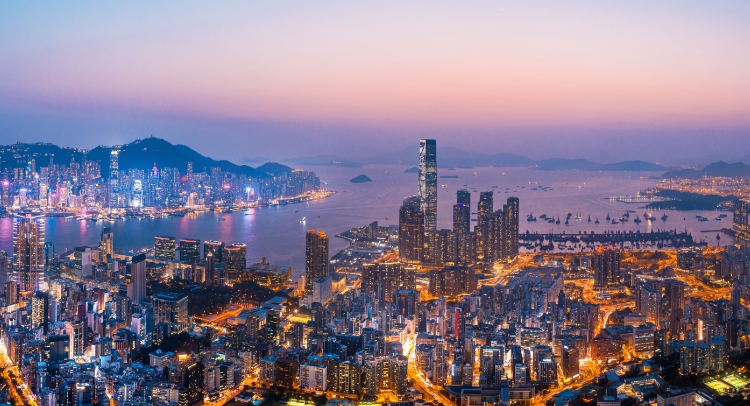Bio: Pierre Xiao Lu is the author of International Luxury Brand Strategy, Elite China, Luxury Consumer Behavior in China and Luxury China, Market Opportunities and Potentials.
China has rapidly become the world’s largest luxury market, redefining the global landscape for high-end brands. Driven by a newly affluent middle class, digital-savvy consumers and a deep appreciation for heritage and craftsmanship, the country’s luxury sector continues to expand at an unprecedented pace. Even as economic shifts and geopolitical factors introduce new challenges, Chinese consumers remain key drivers of global luxury demand.
In this interview, author Pierre Xiao Lu discusses the growing gap between low- and high-end consumption in China, the Chinese government’s attempts to boost the luxury market and the changing consumer demographics for luxury brands.
Q. How would you describe the trends in China’s luxury market in recent years?
A. For the last five to 10 years, luxury brands in China have developed very fast. Interestingly, sales also increased significantly through the three-year COVID period, mostly due to purchases inside China because of the limitations on international travel. Since then, domestic sales have dropped slightly and there are some that look at this as a slowdown. However the re-establishment of international travel means that buying power has been more geographically dispersed. It’s a natural redistribution of buying power in different markets, and luxury tourist destinations are once again benefiting from Chinese luxury buyers. The other thing to note is that the gap between mass market consumption and luxury consumption in China has grown. There has been a downturn in overall consumption, but that hasn’t been the case in the luxury market.
Expectations from Chinese luxury buyers have also developed over this period, with brands needing to better demonstrate their value propositions in order to keep consumers buying their products.
Q. To what degree do luxury brand strategies differ in China market compared to international markets ?
A. This also relates to the COVID period. For the legacy international brands, life in China was perhaps a little too easy. The captive audience meant it was easy to boost sales without maintaining as high a degree of innovation. In the fashion industry, three years is a long time, it is at least six seasons, if not more for certain brands. Which is a long time for no real trend, idea or technology development to take place. The result was that by the end of COVID, their value proposition was less obvious and there was a greater homogeneity between brands.
This has had a clear impact in China, because the market is very fast moving and demand changes happen quickly. Consumers in China are more demanding when it comes to things like technology, so high-end international brands have fallen behind because headquarters are unable to deliver new products with the required speed to keep up in the China market. There are, of course, still some strong international players, but there needs to be an increase in speed from others.
Q. What can luxury brands learn from the China market, and in turn, what can the China market learn from international markets?
A. The China market does have some common requirements in common with other markets, but as I have mentioned, there are several key differences, including Chinese consumers being extremely demanding. Firstly, the absolute number of potential consumers is very large, and at the same time, many of the brands already present in the market have been there for many decades, meaning it is already very competitive. Smaller brands often see the size of the market and think that they still have room to enter the market, but it is not that easy any more.
So how can luxury brands better prepare themselves for the China market? The easiest way is to prepare at home, in the markets that they developed in, utilizing the familiarity they have with those markets to improve their ability to meet the growing demand-side requirements in the China market. Combining this with a capable and efficient local Chinese team will then allow them to keep up with changes in the China market. Luxury products are usually already of a high enough quality to sell in China, but relying on this alone isn’t enough to succeed.
Q. To what degree is China’s luxury market dominated by international legacy brands and how quickly are Chinese brands growing in the market?
A. The China market is one of opportunity, and every brand that has the capability can do business in the market. The real issue is competition, and those international brands that have developed their own business models at home for years and tried to transplant them in China will face difficulties.
International luxury brands that came to China decades ago didn’t have this issue, as the market wasn’t as demanding then and local competition wasn’t as strong. But as time has passed, the growth in the high-end market has led to a number of them to adapt their business models to keep up, and those brands are still successful in China today.
From the local competition side, there has been a growing recognition that the high-end market is an opportunity, so a lot of Chinese players have launched high-end products in the upper price ranges in an attempt to gain some market share, and many are now proving legitimate competitors to the international legacy brands. Chinese brands and entrepreneurs have made inroads in clothing, luxury goods, jewelry, cosmetics and many others, and things are accelerating.
What this has done is increase competition, and both Chinese and international luxury brands are now learning from each other in order to improve their value propositions and make better products through innovation, technology and avant garde ideas. It’s very promising.
Q. To what degree has China’s current economic downturn, and in particular subdued consumer spending, impacted China’s luxury market?
A. I would view China as being in more of a restructuring period than a downturn. In certain fields, for high value created innovative fields the development speed is still very hard, while lower-end manufacturing is getting more difficult. This has resulted in many Chinese brands shuttering and several international brands leaving the market, but I think this is a natural process of what you could call purification in the market, where capable competitors, whatever their size, will continue to be okay.
But for both Chinese and international brands, there is a need to re-invent their models, supply chains, products and services. For high-end luxury brands this means really innovative and world-leading products and luxury experiences are required in order to maintain their position in China. The knock-on effect of this is also that it will likely lead to more success outside of China, too.
Q. To what degree has the Chinese government taken steps to assist in the development of the luxury market in recent years?
A. The government clearly thinks that the high-end luxury market is important and they have emphasized it. The organization of events such as the China International Import Expo (CIIE) in Shanghai and the masses of policy benefits for Hainan Province are good examples of this. The aim is to provide better shopping environments and locations to provide international brands with opportunities to better access China’s massive consumer base, and this infrastructural improvement has also been happening across lower tier cities as well.
Q. How have trends and tastes changed in recent years and what have been the driving forces behind these changes?
A. Trends have changed from generation to generation. The queue in front of a Louis Vuitton shop 20 years ago, for example, would have been full of middle-aged male entrepreneurs, whereas now, that same queue is filled with younger men and women. Clearly there has been an increase in the buying power of Chinese young people and this has changed what is expected from brands.
In particular, these younger buyers are interested in unique and interesting products as well as experiences. So companies need to change quickly and add more distinct value to their offerings to capture the hearts and minds of China’s youth. All of these consumers have grown up with access to the internet and that means they have seen what is on offer out there, and that also means they know what their options are, so being clear about what value you offer and doing it quickly is vital.
A problem that a lot of the legacy brands face is that their decision-making processes have historically been very slow, and that probably needs to change. As a result we’ve seen a lot of European brands actually looking for new investors to help drive that change.
Q. How do you see China’s luxury market and brand strategies developing over the next five to 10 years?
During this restructuring period, high-end demand will continue to grow and the requirements from consumers will also continue to increase. As a result, we will see a consolidation in brands in the market and a shift to longer-term business models that can better facilitate future growth. Those who don’t renovate their business models and view China as just another market will struggle.



















